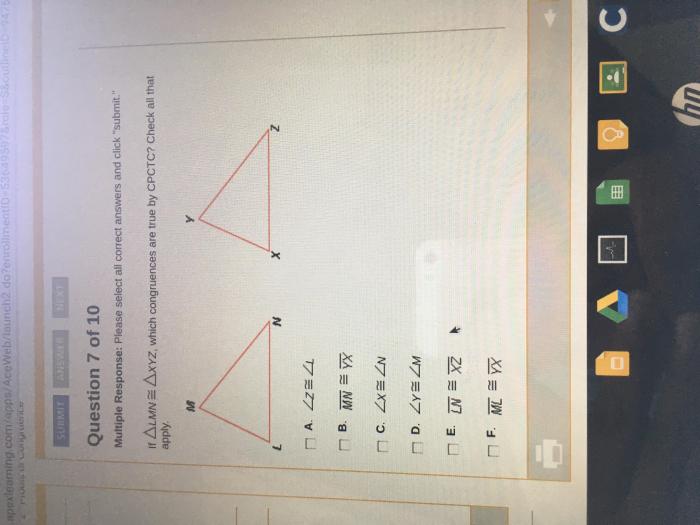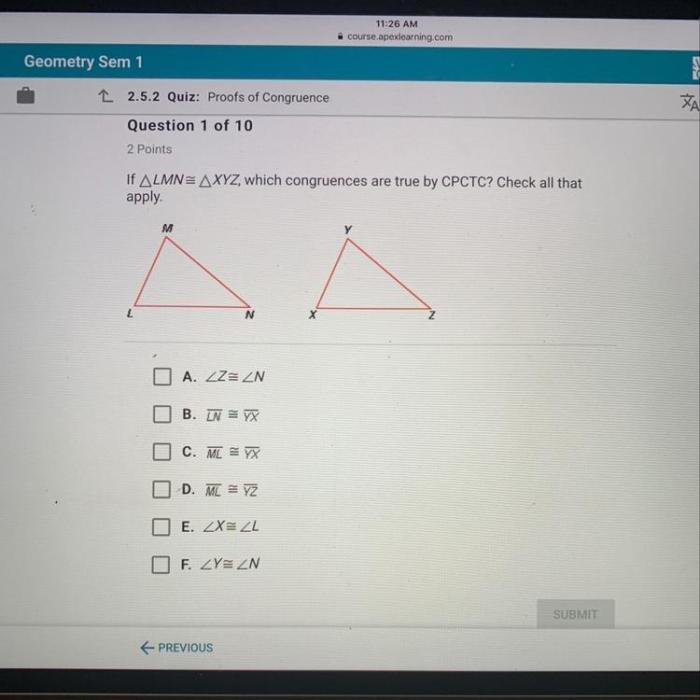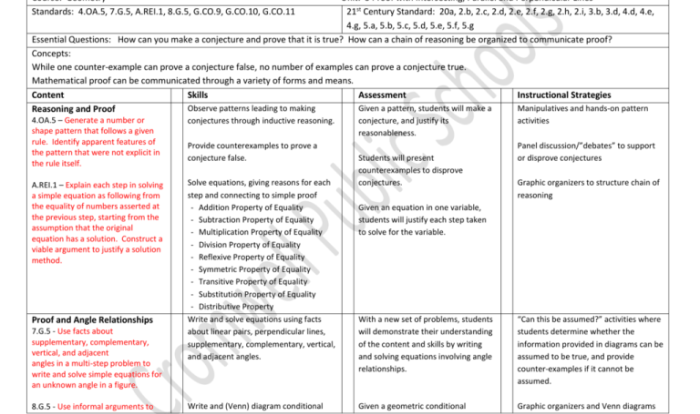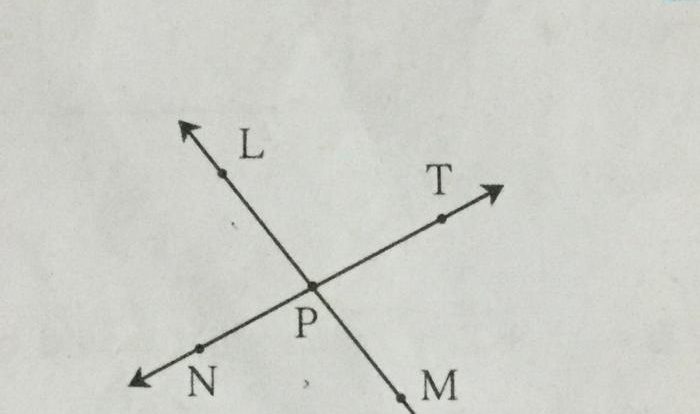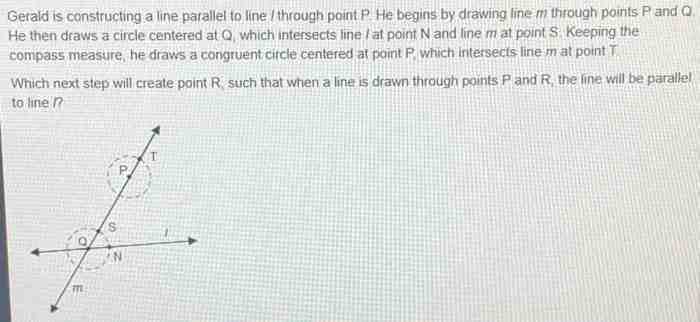If lmn xyz which congruences are true by cpctc – If lmn ≅ xyz, which congruences are true by CPCTC? This question delves into the realm of geometry, exploring the concept of Congruent Parts by Corresponding Parts, Corresponding Angles, and Corresponding Sides (CPCTC). CPCTC serves as a powerful tool in proving triangles congruent, enabling us to determine which parts of the triangles are equal in measure.
Understanding CPCTC empowers us to tackle geometry problems with precision and confidence. It finds applications in architecture, engineering, and design, where accurate measurements and precise constructions are paramount.
Congruent Triangles by CPCTC: If Lmn Xyz Which Congruences Are True By Cpctc

In geometry, CPCTC stands for “Corresponding Parts of Congruent Triangles are Congruent.” This principle states that if two triangles are congruent, then their corresponding parts are also congruent. Corresponding parts are those that occupy the same relative position in each triangle.
CPCTC is a powerful tool for proving triangles congruent. By showing that certain corresponding parts are congruent, we can conclude that the entire triangles are congruent.
Identifying Congruent Parts
The parts of triangles that can be congruent by CPCTC are:
- Sides
- Angles
For parts to be considered congruent, they must have the same measure. For example, two sides are congruent if they have the same length, and two angles are congruent if they have the same measure.
| Corresponding Parts | Conditions for Congruence |
|---|---|
| Sides | Same length |
| Angles | Same measure |
Applications of CPCTC, If lmn xyz which congruences are true by cpctc
CPCTC is used in a wide variety of geometry problems. Here are a few examples:
- Determining whether two triangles are congruent
- Finding the measure of an unknown side or angle
- Solving geometry problems involving triangles
CPCTC is also used in architecture, engineering, and design to ensure that structures are stable and symmetrical.
Proofs Using CPCTC
To prove triangles congruent using CPCTC, we need to show that at least three corresponding parts are congruent. The steps involved are:
- Identify the corresponding parts that are congruent.
- State the CPCTC property.
- Conclude that the triangles are congruent.
Here is an example of a proof using CPCTC:
Given: Triangle ABC and triangle DEF are such that AB = DE, BC = EF, and AC = DF.Prove: Triangle ABC is congruent to triangle DEF.Proof:
- AB = DE (given)
- BC = EF (given)
- AC = DF (given)
- By CPCTC, triangle ABC is congruent to triangle DEF.
Alternative Methods for Proving Congruence
CPCTC is not the only method for proving triangles congruent. Other methods include:
- SSS (Side-Side-Side)
- SAS (Side-Angle-Side)
- ASA (Angle-Side-Angle)
- AAS (Angle-Angle-Side)
- HL (Hypotenuse-Leg)
Each method has its own strengths and weaknesses. CPCTC is often the most straightforward method to use, but it can only be used if we know that at least three corresponding parts are congruent.
| Method | Conditions |
|---|---|
| SSS | Three sides of one triangle are congruent to three sides of another triangle. |
| SAS | Two sides and the included angle of one triangle are congruent to two sides and the included angle of another triangle. |
| ASA | Two angles and the included side of one triangle are congruent to two angles and the included side of another triangle. |
| AAS | Two angles and a non-included side of one triangle are congruent to two angles and a non-included side of another triangle. |
| HL | The hypotenuse and a leg of one right triangle are congruent to the hypotenuse and a leg of another right triangle. |
FAQ Guide
What does CPCTC stand for?
CPCTC stands for Corresponding Parts, Corresponding Angles, and Corresponding Sides.
How can I use CPCTC to prove triangles congruent?
To prove triangles congruent using CPCTC, you need to show that the corresponding parts (angles and sides) of the triangles are equal in measure.
What are the limitations of CPCTC?
CPCTC cannot be used to prove triangles congruent if the triangles are not similar.

